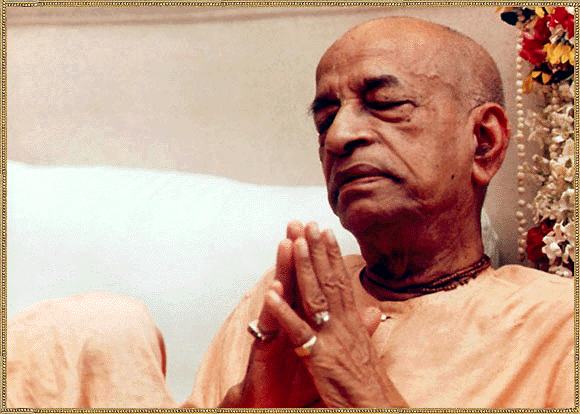
If resentment — which is just another word for old anger that has built up over the months and years — is the gunk that clogs the free flow of love in and out of your heart, then forgiveness is the universal solvent that washes it away. You may harbor resentment for one person in particular or for a room full of people, harkening all the way back to early childhood. Whatever your situation, you can dissolve the resentment if you choose — but you have to be willing! To make it easier, you may want to begin by including the people you resent in your lovingkindness meditation. (See the section “How to Generate Love for Yourself and Others” earlier in this chapter, or listen to the lovingkindness track on the CD.) And guess what? Here again, you may discover that the person you most need to love and forgive is yourself. Here’s a meditation to help you dissolve resentment, hurt, and guilt and open your heart again to yourself and others:
1. As usual, begin by sitting comfortably, taking a few deep breaths, relaxing your body, and closing your eyes.
2. Allow images and memories of words, actions, and even thoughts for which you’ve never forgiven yourself to float through your mind.
Perhaps you hurt someone you loved and drove him away or took something that didn’t belong to you or said no to an opportunity and later regretted it.
3. Reflect on how much suffering you’ve caused and how much you may have suffered yourself. Allow yourself to feel any pain or remorse.
4. Gently and wholeheartedly extend forgiveness to yourself, using words like the following:
“I forgive you for all the mistakes you’ve made and all the suffering you’ve caused. I forgive you for all the pain you’ve caused others, whether intentionally or unintentionally. I know that you’ve learned and grown; now it’s time to move on. I forgive you! May you be happy and joyful. I take you back into my heart.” (Here and elsewhere, feel free to use your own words, if you prefer.)
5. Open your heart to yourself and allow yourself to fill with love.
Feel the clouds around your heart dispersing.
6. Imagine a person you love toward whom you feel some resentment.
Reflect on how that person may have hurt you. Reflect also on how many times you’ve hurt others in a similar way.
7. Gently allow the clouds around your heart to continue dispersing as you wholeheartedly extend forgiveness to this person, using words like the following:
“I forgive you for the ways that you’ve caused me pain, whether intentionally or unintentionally. I know that I too have hurt others and let them down. With my whole heart, I forgive you. May you be happy and joyful. I take you back into my heart.” Feel your heart opening once again to this person.
8. Imagine someone whose forgiveness you need.
Perhaps you hurt or mistreated him in some way.
9. Gently ask his forgiveness in words like the following:
“Please forgive me for what I did or said to cause you pain, whether intentionally or unintentionally. I ask your forgiveness. Please take me back into your heart.”
10. Imagine this person’s heart opening to you and the love flowing freely back and forth between you once again.
11. Imagine someone toward whom you feel great resentment — someone, perhaps, whom you’ve excluded from your heart because of how he once hurt you.
12. Gently allow the clouds around your heart to disperse, and wholeheartedly extend forgiveness to this person, as described in Step 7.
13. Reflect on all the many people toward whom you’ve closed your heart because of the pain they seemingly caused you.
Feel all the layers of resentment and pain that have built up around your heart over the years.
14. Reflect on all the many ways that you’ve acted as they did.
15. Imagine all these people in front of you, and, with your whole heart, forgive them all and ask their forgiveness in words like the following:
“I forgive you for whatever you may have done to cause me pain, whether intentionally or unintentionally. I forgive you. Please forgive me. May we open our hearts to one another and live together in peace and harmony.” Again, feel your heart opening wide and allow love to flow freely between you.
16. Take a few moments to breathe deeply and rest your attention in your heart before getting up and going about your day.
Instead of doing the full forgiveness meditation presented here, you can just extend forgiveness to particular people as the situation requires. But every time you practice forgiveness, be sure to include some for yourself.



































